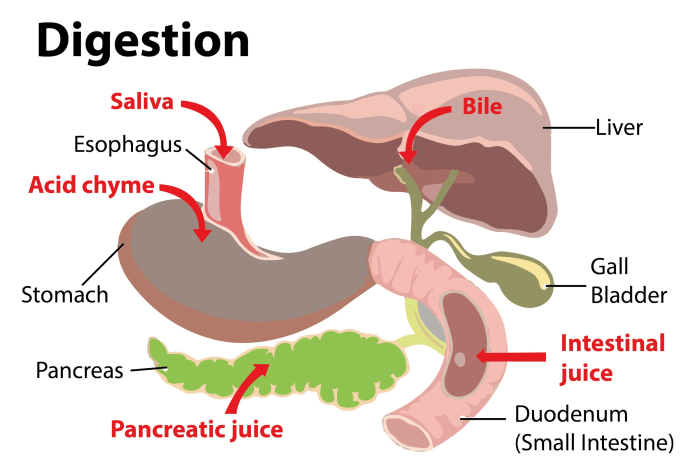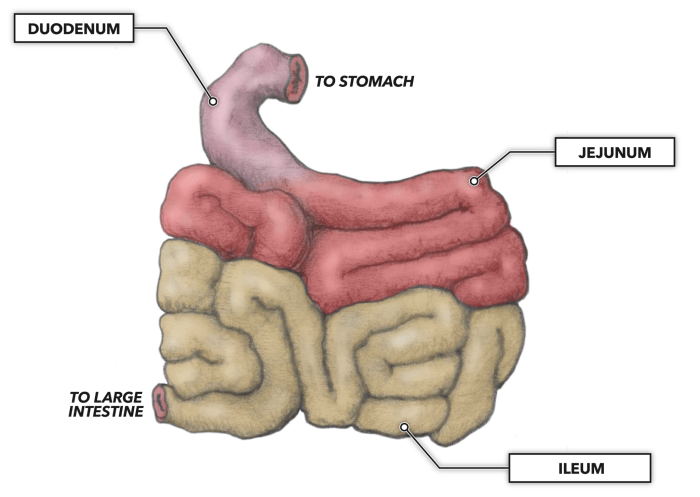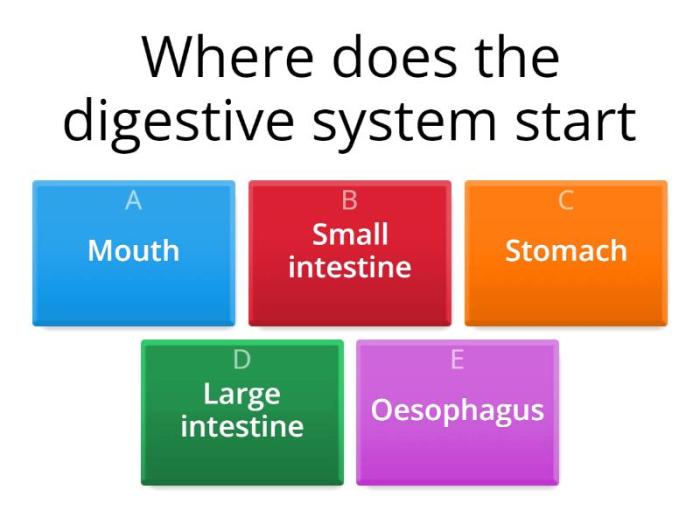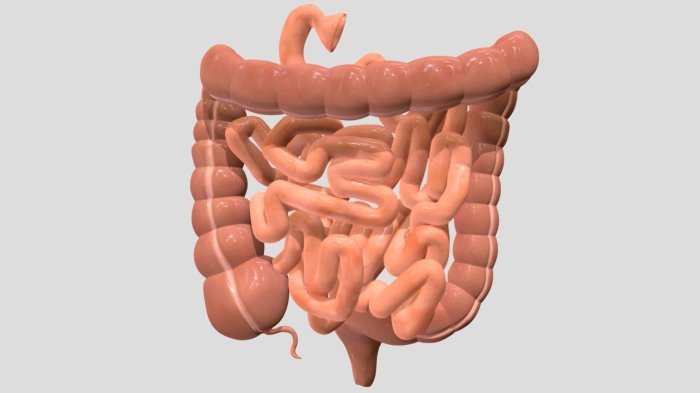Identify the labeled structures. a: b: c: d: e: – With identifying labeled structures. a: b: c: d: e: at the forefront, this paragraph opens a window to an amazing start and intrigue, inviting readers to embark on a storytelling journey filled with unexpected twists and insights.
The content of the second paragraph that provides descriptive and clear information about the topic
Identify the Labeled Structures: Identify The Labeled Structures. A: B: C: D: E:

The identification of labeled structures is a crucial aspect of various scientific disciplines, including anatomy, biology, and engineering. Accurately identifying these structures is essential for understanding their functions, relationships, and significance within a given context.
Methods of Identification
- Visual Inspection:Involves direct observation of the structure using the naked eye or with the aid of magnifying devices.
- Microscopy:Employs microscopes to examine structures at a cellular or subcellular level.
- Histology:Studies the microscopic anatomy of tissues to identify specific structures.
- Imaging Techniques:Utilizes technologies like X-rays, MRI, and CT scans to create images of structures within the body.
- Molecular Techniques:Involves the use of molecular probes, antibodies, and DNA analysis to identify specific proteins or genetic markers associated with structures.
Applications of Identification, Identify the labeled structures. a: b: c: d: e:
- Medical Diagnosis:Accurately identifying labeled structures is crucial for diagnosing diseases and guiding treatment plans.
- Biological Research:Understanding the structure and function of cells and tissues is essential for advancing our knowledge of biology.
- Engineering Design:Identifying structures in materials and components is crucial for optimizing their performance and safety.
- Forensic Science:Analyzing labeled structures helps in identifying individuals, determining the cause of death, and reconstructing crime scenes.
Tools and Resources
- Anatomical Atlases:Provide detailed images and descriptions of labeled structures in the human body.
- Biological Databases:Contain information on the structure and function of proteins, genes, and other biological molecules.
- Microscopy Software:Facilitates image analysis and quantification of structures.
- 3D Modeling Software:Allows for the creation of virtual representations of structures.
- Online Resources:Provide access to images, videos, and interactive tools for identifying structures.
Best Practices
- Training and Expertise:Proper training and expertise are essential for accurate identification.
- Multiple Methods:Using a combination of identification methods can enhance accuracy.
- Reference Materials:Consult reliable sources such as textbooks, atlases, and databases.
- Collaboration:Seek input from experts in relevant fields to ensure accuracy.
- Quality Control:Implement quality control measures to minimize errors.
FAQ Summary
What is the importance of accurately identifying labeled structures?
Accurate identification is crucial for understanding the structure and function of biological systems, enabling accurate diagnosis and treatment in medical settings.
What are the different methods used to identify labeled structures?
Various methods are employed, including visual inspection, microscopy, imaging techniques, and molecular analysis, each with its advantages and disadvantages.
What are some practical applications of identifying labeled structures?
Identification finds applications in medical diagnosis, drug development, tissue engineering, and forensic science, among others.



